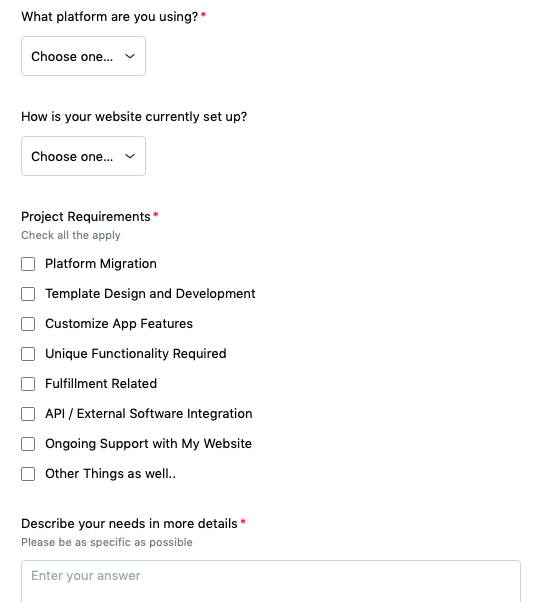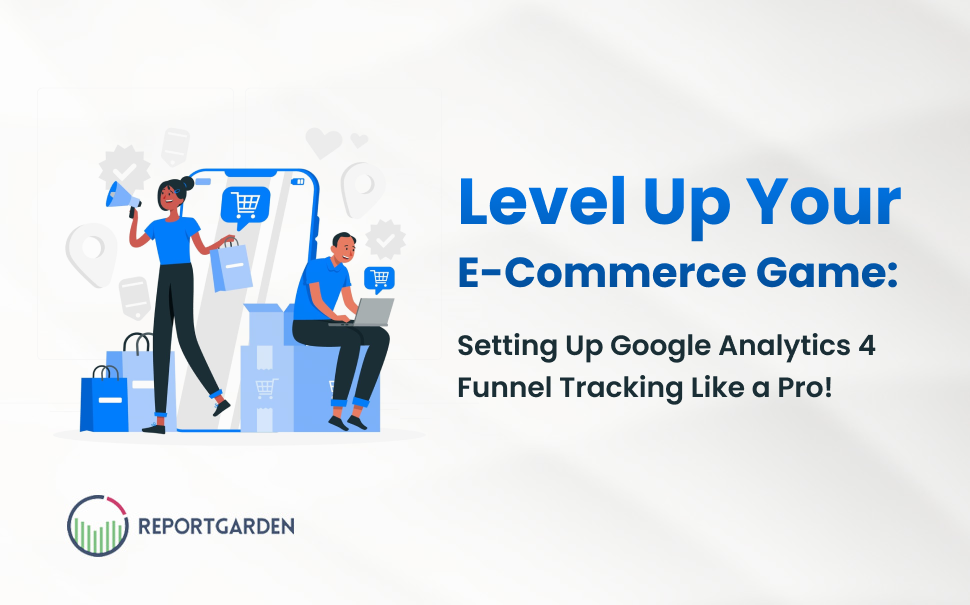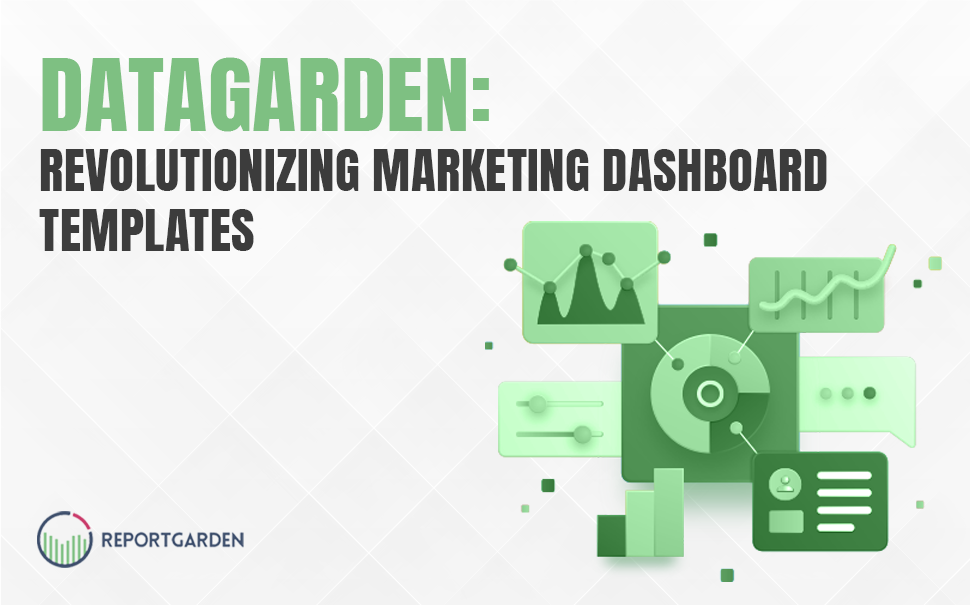Finding the right formula for your marketing agency proposals is an often undervalued aspect of streamlining your sales process.
When we asked our network to learn more about what makes a great proposal, a friend pointed us to Zlatko Bijelic, founder of the Tako Agency, saying that the proposals he’d received from Bijelic are some of the best he’s seen. So we reached out to Bijelic, who goes by “Z”, and he was kind enough to share how he perfected a 70% close rate on $40,000-60,000 proposals.
For most marketers, the process of refining marketing proposals is old school trial and error testing:
- Sift through proposal samples on Google and create your proposal.
- Send the proposal to your prospective client.
- The prospect decides to go with another agency or you waste hours on back and forth trying to come to an agreement.
- You’re left trying to improve and iterate your proposals so they’ll work better next time.
By learning from the experiences of an agency founder who has been through this already, our aim for this article is to help fast track your journey to optimizing your own marketing agency proposals.
Before we get to Z’s marketing proposal template and how you can apply what he’s learned, we’ll kick things off by sharing the common mistakes he has seen people make (or made himself).
If you want to fast track your growth and increase your proposal close rates, our new marketing agency proposal feature is launching soon! Sign up for a 7 day free trial to receive access as soon as it goes live.
The Most Common Mistakes Made with Marketing Agency Proposals
Mistake #1. Bundling Multiple Tasks into One Line Item
Z says that it’s important that the client understands “what they’re paying for, what’s going into this and why it’s taking so long to do certain things.”
A clearer proposal will create a smoother sales process by raising fewer objections from potential clients. They can see exactly how you came up with your budget and the predicted timeline. Rather than the typical open ended proposal that lack specific hours matched to specific tasks, Tako Agency’s marketing proposals clearly allocate hours to specific tasks set within a concise timeline. This allows the client to understand what work is being done at any point in the project, why it is taking the time it is taking, and who is working on it.
This is helpful for increasing close rates because it leaves little room for misunderstandings, and helps protect you from excess work and churn.
This was a painful lesson that Z learned through trial and error. Here are some examples:
Example 1: Cover Yourself from Excess Work
Z once created a proposal around redesigning a customer portal for a subscription company. The proposal itself didn’t mention exactly which pages would need to be redeveloped, which resulted in the client asking the agency to work more hours to complete certain tasks that were not clearly spelled out in the proposal. The agency ended up losing money on the project due to the grey areas in the proposal.
Z stated that at the end of the day it was his agency’s fault because they didn’t specifically spell out which hours were allocated to which parts of the project.
Example 2: Avoid Doing the Same Work Twice
Another reason why it’s essential to spell out what work is being performed in each line item is because the potential client might already have another company doing that task.
For example, if you are a content marketing agency and are also providing content promotion, be clear what that contains. Underneath the category of content promotion, spell out if it will be Facebook ads versus link building.
If you just write “content promotion” into one line item, the client may not think to tell you that they already have a social media agency doing Facebook ads for them. These types of situations can lead to frustrated clients and increased churn.
Example 3: Be Aware of Company Policies
Finally, it’s important that you don’t bundle line items because some changes may need to be approved by people higher in the company.
If it does have to be run up a chain and approved by higher management, realize that these people haven’t yet had a conversation with you, and the proposal may be management’s only direct point of contact with your agency.
Therefore, it’s essential that your proposal is clear and concise and can be understood by an outsider that has never had a conversation with you.
For example, you may have had a conversation on the phone with the director of marketing about content promotion and specified on the call that it includes Facebook ads. Therefore, most proposals will simply state “content promotion” because it was already discussed on the call what that entails. However, if the director of marketing has to pass it on to the CMO to get it approved, you must realize that the CMO will not understand what “content promotion” includes and this leads to a grey area.
Mistake #2. Agencies Assume Their Prospect Knows What They Need
Another problem with most digital marketing agency proposals is not meeting the target audience at their level.
Z states that “you can’t expect the client, who’s coming to you for development and design, to understand the technicalities and ins and outs of that proposal.”
For example, there is a very good chance that the person hiring for an SEO project won’t understand why it’s essential to 301 redirect a handful of links.
Most agencies use technical language to both cover themselves and in some cases, to impress the prospect. This works if the person you are speaking to is technical and understands this language, though often it is off-putting for a prospect that isn’t a digital marketing expert or is a new business owner.
Example 1: Speaking to Passive Clients
Instead, Z advises “if the person is a little bit more passive about the project and they don’t want to be bogged down with the details, you probably don’t need to add as much (to the proposal).”
In this case, cover enough to ensure that you have clearly indicated where hours are being allocated and leave no room for grey areas. Beyond that, there isn’t any need to explain what a 301 redirect is and why it is crucial.
Z emphasizes that the important part is to lay out your plan simply and make it clear “this is what we are doing” and “this is what it is going to entail”.
Example 2: Speaking to Technical Clients
If you find that the client is more technical, it’s important that you speak their language and include more technical elements as they will be more specific with how they want things done.
Another common problem most marketing agency proposals suffer from is excessive revision. This is usually a problem that stems from unexplained technical language. Z’s secret is to simply note which parts of the proposal are mandatory and which ones are optional. This eliminates a lot of confusion and excessive communication for both sides, and can make your sales cycle much shorter.
Mistake #3. Underestimating the Value of Design
The final mistake that Z identified was unprofessionally designed proposals.
Imagine sifting through numerous proposals from different contractors. There are several Excel spreadsheets that require you to read entirely to grasp the general timeline and budget and then there is one clean, well designed proposal with a clear timeline and work allocations that you can understand in 15 seconds.
Before reading through any of the proposals, which one immediately has an advantage?
Of course it’s the one with a clean design.
Z explained that he’s seen many other development agencies create excel spreadsheet proposals that look like math problems and it is difficult to understand at a glance what it is accounting for and an estimated timeline.
This also gives a poor initial impression as a confusing proposal projects poor communication skills, even if the agency has otherwise stellar communication.
Z’s Process for Creating Marketing Agency Proposals that Close at 70%
Finally, Z revealed what’s inside his proposal process that closes $40,000 – 60,000 projects 70% of the time. Here is an overview of the process and how it fits into his marketing strategy:

Step #1. The Initial Form Filled Out by Prospects
After a prospect has submitted a request for proposal, the process starts with a form that gathers basic information on both the client and the project to see if it is a good fit. The following elements can be changed and/or removed depending on the complexity of your industry, though this is a good baseline for everyone.
- General Info & Project Deadline: This helps set an accurate timeline or red flags prospects that expect too much in too little time

- Current Situation: For a developer, this includes questions like what platform they are on, if they already have a website and if they already have a custom theme. You can adjust this depending on the marketing services that you offer, though this is basically where you learn what the company has already tried, their current strategies, etc.

- Approximate Budget: This will weed out people that don’t have the budget to work with you and it also helps you estimate the scope of work.

- Collaborations: If other people/agencies are working on the project as well, it is important to know who, so that you aren’t doing double work.

Step #2. Initial Contact
Most proposal requests are greeted by an automated email. However, Tako Agency reaches out with an email from a real human in the first 30 minutes of receiving the form. Z says sometimes the email is just a quick ‘Hey, we received your request and will look over your information shortly’. Even though it is simple, this action immediately sets a high standard of communication.
Step #3. Prepare the Proposal
- Include project tasks allocated by hours
- Set timeline expectations
- Clearly note what is and isn’t mandatory
- Clearly spell out any specific details that have been requested by the client
- For example, Z mentions that if the web development client wants a specific element to fade or bounce, that should be noted as it could require more testing, budget, hours, etc.
- Create a natural flow
- The proposal should flow the same way as a landing page. When your prospect hits the bottom of the page, you should have already answered all of their objections and the only remaining questions should be regarding payment.
Step #4. Collaborate with Your Team to Edit and Refine
At this stage, you should already have a pretty solid idea of who would be involved in the project. Involve key people in the editorial process to ensure that the timeline is reasonable and that the plan is appropriate.
Step #5. Send it to the Client
This is perhaps the easiest part. Once the proposal has been finalized and sent off, Z says that it’s pretty much out of your hands. The only questions they should have should be regarding payment and having it approved by upper management. If you notice other questions coming back, take note and see how you can adjust your proposal to reduce these objections.
When we asked Z what the most common responses the Tako agency receives are, here’s what he said:
Some people are initially shocked and were never a good fit to begin with. Some of those people will eventually come back (about a month later) after researching what it really takes to design a good website (notice that Tako doesn’t negotiate down the price).
Those that close fairly quickly (the majority of the people that request proposals) usually call with a few questions regarding payment terms before sending the deposit and on some occasions, he has received $5,000 deposits, no questions asked.
Conclusion
Z mentions that his secret weapon to automatically fixing most of these common mistakes is investing in quality marketing agency proposal software.
It automatically has a better design than an Excel spreadsheet or Google Doc, which immediately makes you stand out from competition. It creates clarity by cleanly laying out what hours are allocated to specific tasks, and finally, it makes you feel that you’ve done your best when you hit that send button to your client.
Once you’ve sent it off, you know that it accurately reflects the level of professionalism, communication and quality that your agency stands for. It eliminates room for human error and eliminates misunderstandings.
Z invests in a monthly software because he likes to feel confident sending out the proposal.
“They’re going to know how to read this.” Z says, “…whether they pick it up and say, yes we want to go with this or we want to go look at something else, then that’s up to them. But you feel like you’ve done your job the right way.”
If you want to fast track your growth and increase your proposal close rates, our new marketing agency proposal feature is launching soon! Sign up for a 7 day free trial to receive access as soon as it goes live.
We would like to express our gratitude to Zlatko for his generosity and time spent sharing his wisdom and experience with perfecting proposals. If you’d like to connect with him, you can find him on Twitter or at www.takoagency.com.


.png)




